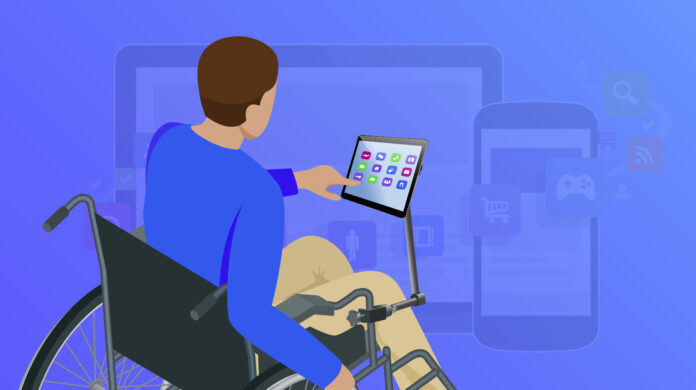
Over 1 billion people worldwide need one or more assistive products. But only 1 in 10 people have access to these products, according to the World Health Organization. Assistive technology aims to empower those living with disabilities to do more on their own and enhance their lifestyle. However, in the past decades, people with disabilities have had reasons to believe that technology was for those without disabilities only. For some, tech devices lacked features that could help them in any way. For others, it was because they didn’t know how to use tech devices. In recent years, advanced technologies focus on improving the quality of life for individuals living with disabilities. Technological advancements like smart home technology and automation and mobile gadgets provide those with disabilities the convenience they need to live independently. Below are some tech developments that are proving beneficial for people with disabilities.
Table of Contents
Alternative Keyboards
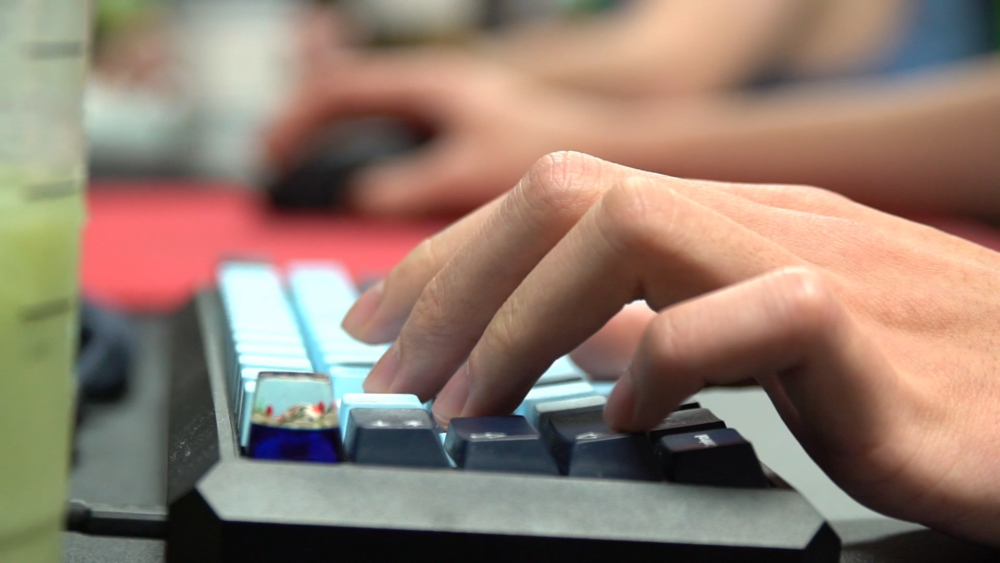
Thanks to advanced technology, typing isn’t impossible for individuals with limited mobility, cognitive or visual impairment, and decreased sensitivity in the hands anymore. There are alternative keyboards that individuals with disabilities can use, such as ergonomic keyboards, big keys, compact and miniature keyboards. The large keyboards, for instance, are ideal for children and adults with motor disabilities. For individuals with visual impairment, extra-large keyboards enhance visibility by providing larger keys arranged in ABC, colored, or standard layouts. There is also the magic wand keyboard, perfect for persons with little or no hand movement. This miniature keyboard has a built-in mouse, and it works when touched by a hand-held wand or mouth stick. This is because it does not require the user to put a lot of strength when typing.
Digital Assistants
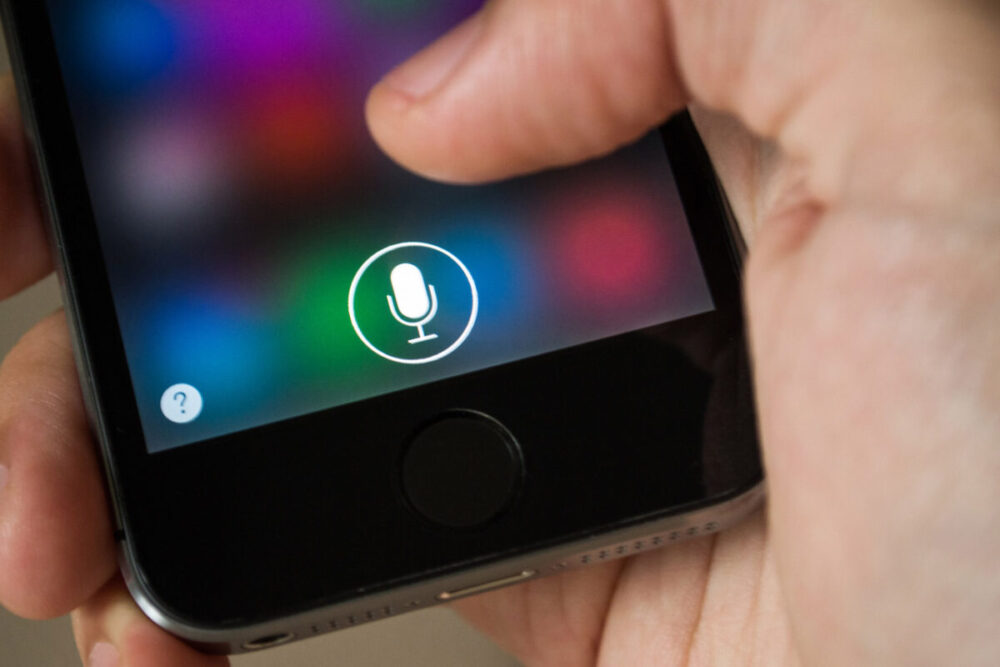
Digital assistants like Cortana, Amazon Echo, Alexa, and Siri allow you to make commands using your voice. The AI-enabled software fitted in these devices enables them to recognize your voice and perform the tasks requested. For example, you can ask Alexa or Siri to control your music player or even turn off the lights. With voice-controlled devices, those living with a disability can control the television, lights, lock, and unlock doors without facing any challenges. Apart from voice-controlled assistants, there are other smart technologies improving life for those with disabilities. For instance, smart thermostats allow individuals with mobility impairments to regulate temperatures in their living spaces using smartphones. Video doorbells also assist those with mobility disabilities to unlock and lock doors from their mobile phones. That way, they don’t have to sit in the wheelchair all day or depend on someone else to open the doors, especially when they’re expecting visitors or deliveries.
Augmented and Virtual Reality
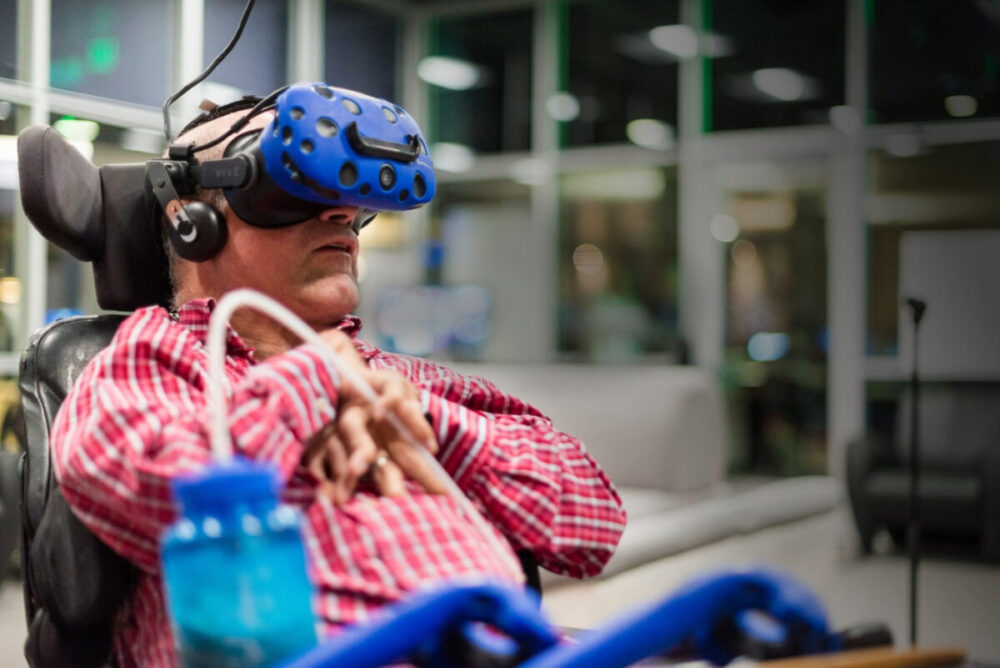
Many people assume augmented and virtual reality are ideal for businesses looking to add a fun-factor in the customer journey. However, these tech advances have the capabilities to help the population improve the quality of life. Augmented and virtual reality technology has proven useful in education and skills training among special needs students. According to CPFN, caring for children with disabilities like cerebral palsy, autism, and other conditions can be confusing and hard. Teaching them life skills so they can live independently is more difficult. Both AR and VR make learning seamless for special needs students because they immerse users into a virtual world.
Since the artificial world has a similar setting to the real world, learners train virtually to enhance their skills. For example, individuals with mobility impairment can utilize virtual reality lessons to learn important life skills like navigate traffic while in a wheelchair. Other AR and VR benefits for those living with a disability are improved motor skills, clearer vision, and muscle recovery. Virtual reality also gives individuals opportunities to experience tons of adventures that seem impossible. Using VR headsets and headphones allows those living with disabilities to engage in thrilling activities like mountain climbing, skydiving, surfing, or skateboarding.
Bionic Technologies
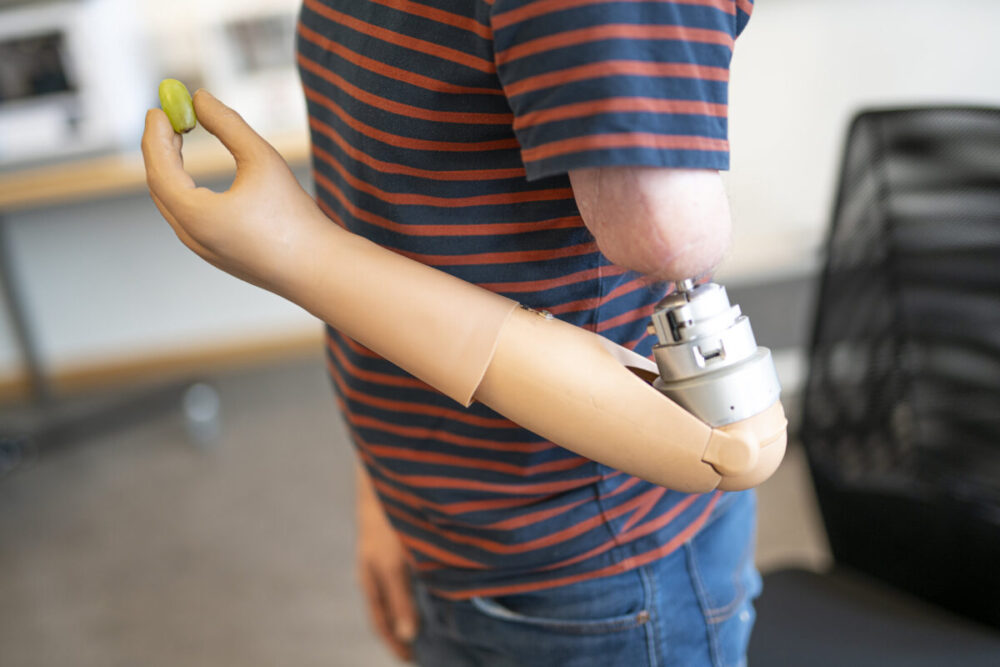
There have been incredible innovations in prosthetics in recent years, thanks to bionics and disruptive technologies. Latest advances in bionic technology have enabled the development of innovative materials that improve human activity. This breakthrough is critical in ensuring people with disabilities maintain a normal lifestyle. Bionic technologies assisting those with disabilities are bionic eye, prosthetic legs and arms, bionic ear, artificial limbs, and exoskeleton. Bionic eye or visual prosthetics helps, for instance, restore vision to individuals with visual impairment, whether it’s partial or total blindness.
The bionic eye features an external processor, a small digital camera, and a microchip implant that stimulates electrodes when connected to the brain. The exoskeleton is another amazing innovation, as it provides the user with strength and endurance. This technology has been widely used in injury rehabilitation centers to help patients who have experienced a stroke, spinal cord, or brain injury get back on their feet. While most bionic technologies are still in their infancy stage, they have proven effective in transforming the lives of individuals living with disabilities.
Mobile Assistive Devices
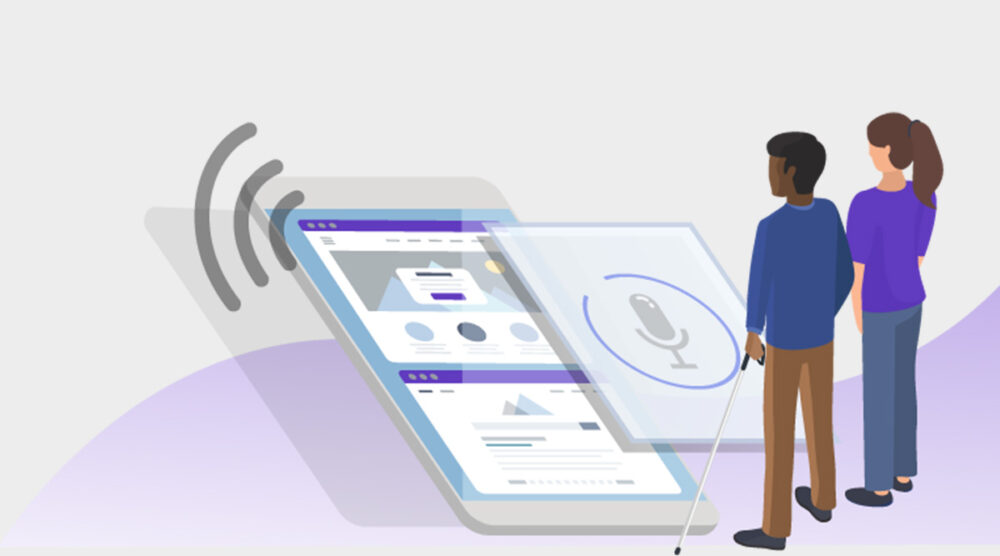
Mobile devices like phones and tablets add an extra layer of convenience by providing easy access to the internet. But for those with physical disabilities, these devices unlock endless opportunities for independence. The creation of mobile gadgets fitted with assistive technologies increases the chances for those with visual, hearing, or mobility disabilities to communicate and navigate with ease. Mobile apps like VoiceOver, for example, read texts out loud as readers with visual impairment move a finger over text or icons. This software is available for iOS devices like iPads and iPhones. Even more interesting, visually impaired individuals don’t have to rely on voice calls only to communicate. They can connect braille keyboards on Google or Apple devices via Bluetooth for typing text messages. Wearable finger readers, on-screen keyboards, and braille displays with refreshable capabilities are other exciting technologies capable of providing convenience and freedom to individuals with physical disabilities.
New technologies like artificial intelligence, augmented and virtual reality, and the Internet of Things have transformed people’s lives around the world. And people with disabilities are not an exception to the current digital revolution. With new developments like bionic technologies, AR and VR, digital assistants, and mobile assistive technology, those living with disabilities can enjoy greater levels of independence and convenience.




